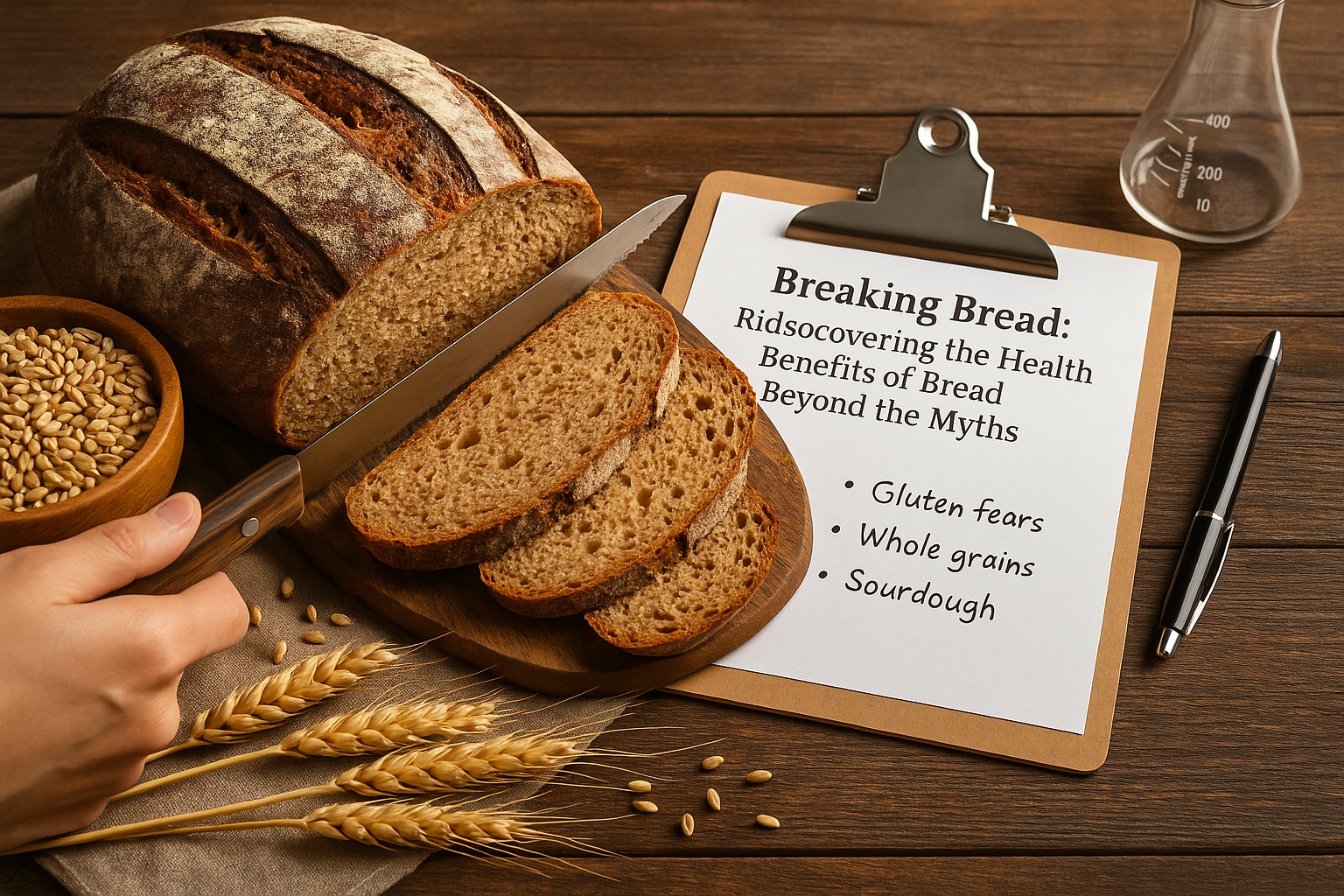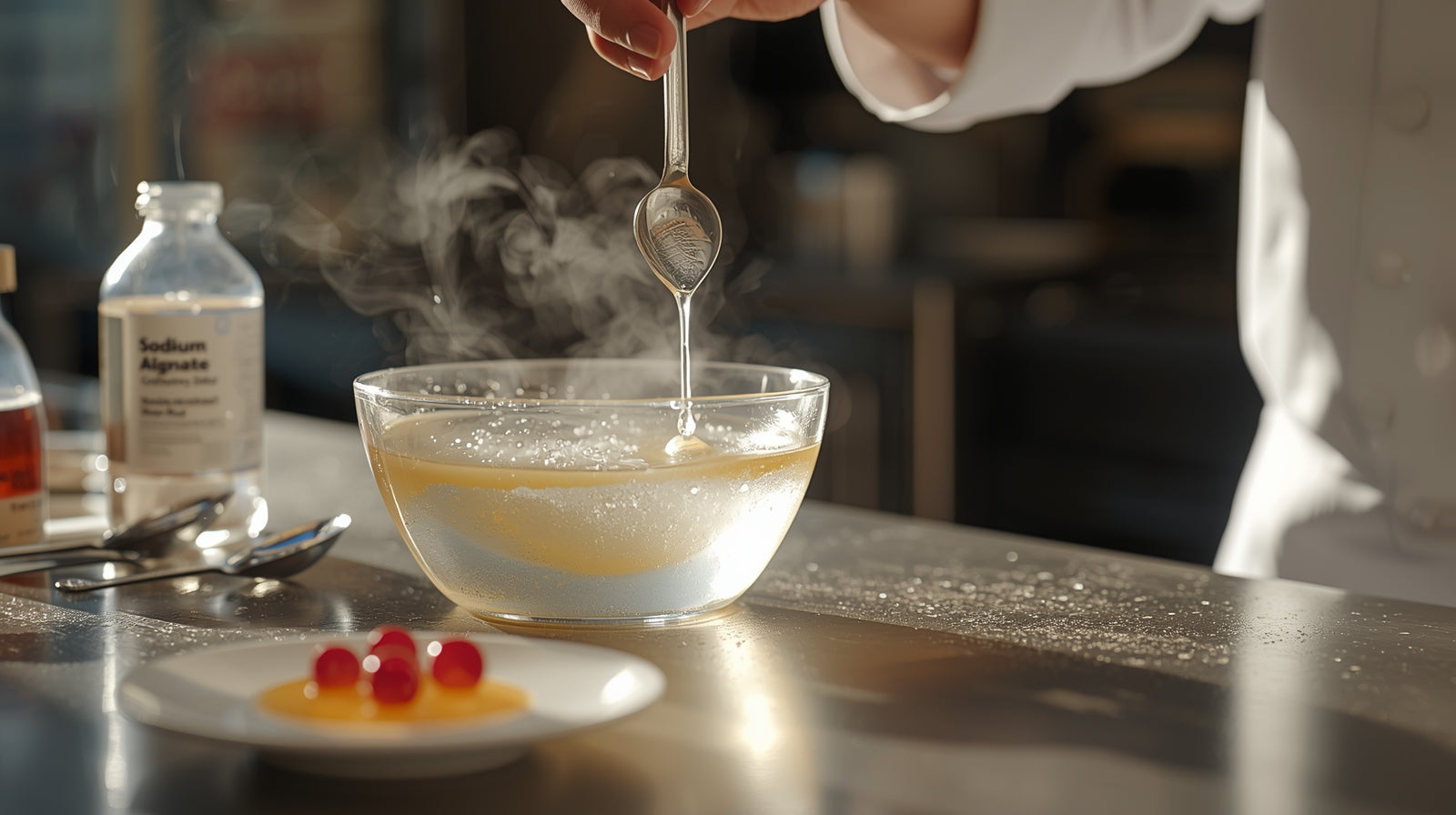
Modified Pregel Starch: Advanced Solutions for Modern Formulations
SUBSCRIBE TO OUR BLOG
Promotions, new products, and recipes.
Modified pregel starch represents a significant advancement in starch technology, offering enhanced functionality and versatility across multiple industries. As manufacturers seek ingredients that provide stability, texture enhancement, and processing efficiency, modified pregel starch has emerged as a key solution. This comprehensive guide explores the science behind this versatile ingredient, its diverse applications, and the technical considerations for optimal implementation in your formulations.
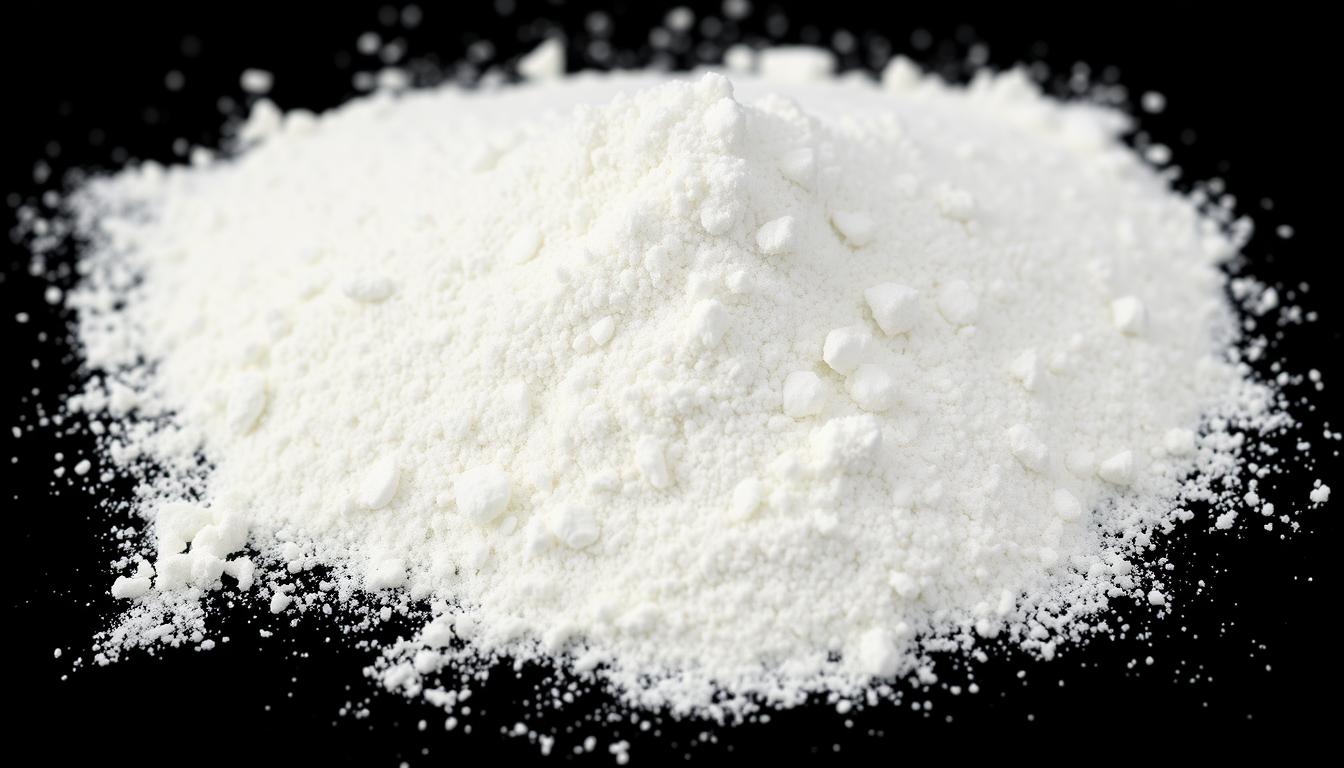
Modified pregel starch powder showing characteristic fine texture and uniformity
What is Modified Pregel Starch?
Modified pregel starch (also known as pregelatinized modified starch) is a specialized form of starch that has undergone both pregelatinization and chemical modification processes. This dual treatment significantly alters the native starch structure, creating an ingredient with enhanced functionality and stability across various processing conditions.
Production Process
The production of modified pregel starch involves a two-stage process:
- Pregelatinization: Native starch is cooked in the presence of water and then dried, disrupting the crystalline structure of starch granules. This process makes the starch instantly dispersible in cold water.
- Chemical Modification: The pregelatinized starch undergoes chemical treatments such as cross-linking, substitution, or oxidation to enhance specific functional properties.
These modifications can be tailored to achieve specific functional characteristics such as improved freeze-thaw stability, acid resistance, or shear stability.
Production flow diagram of modified pregel starch manufacturing
Key Properties
| Property | Native Starch | Modified Pregel Starch | Benefit |
| Cold Water Dispersibility | Poor | Excellent | Instant thickening without heating |
| Viscosity Stability | Low | High | Consistent performance in processing |
| Freeze-Thaw Stability | Poor | Excellent | Maintains texture in frozen products |
| Acid Resistance | Low | High | Stable in low pH applications |
| Shear Resistance | Low | High | Maintains viscosity during processing |
Applications of Modified Pregel Starch
The versatility of modified pregel starch makes it valuable across multiple industries. Its unique functional properties address specific challenges in various applications, from food products to pharmaceuticals and beyond.
Food Industry
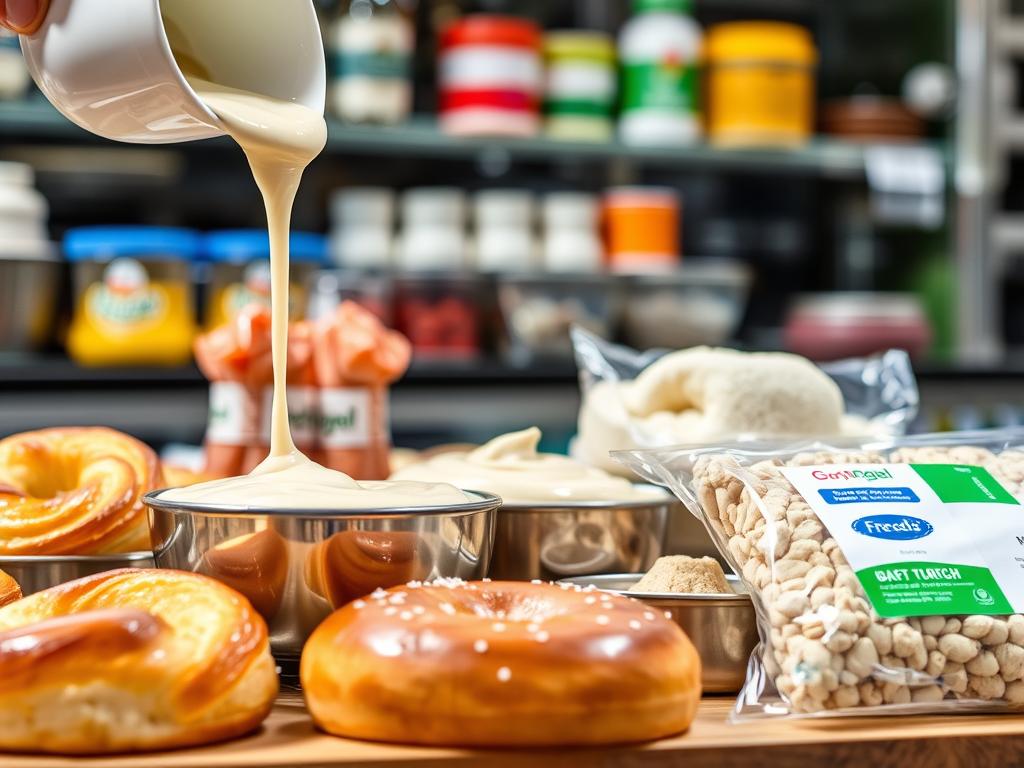
- Instant soups and sauces (provides immediate thickening)
- Bakery fillings (heat-stable texture)
- Frozen desserts (prevents ice crystal formation)
- Gluten-free products (improves texture and mouthfeel)
- Processed meats (enhances water binding)
Pharmaceutical

- Tablet binding agent (improves cohesion)
- Capsule formulations (enhances flowability)
- Controlled release systems (modifies drug delivery)
- Suspensions (maintains uniform distribution)
- Syrups (provides consistent viscosity)
Biodegradable Packaging
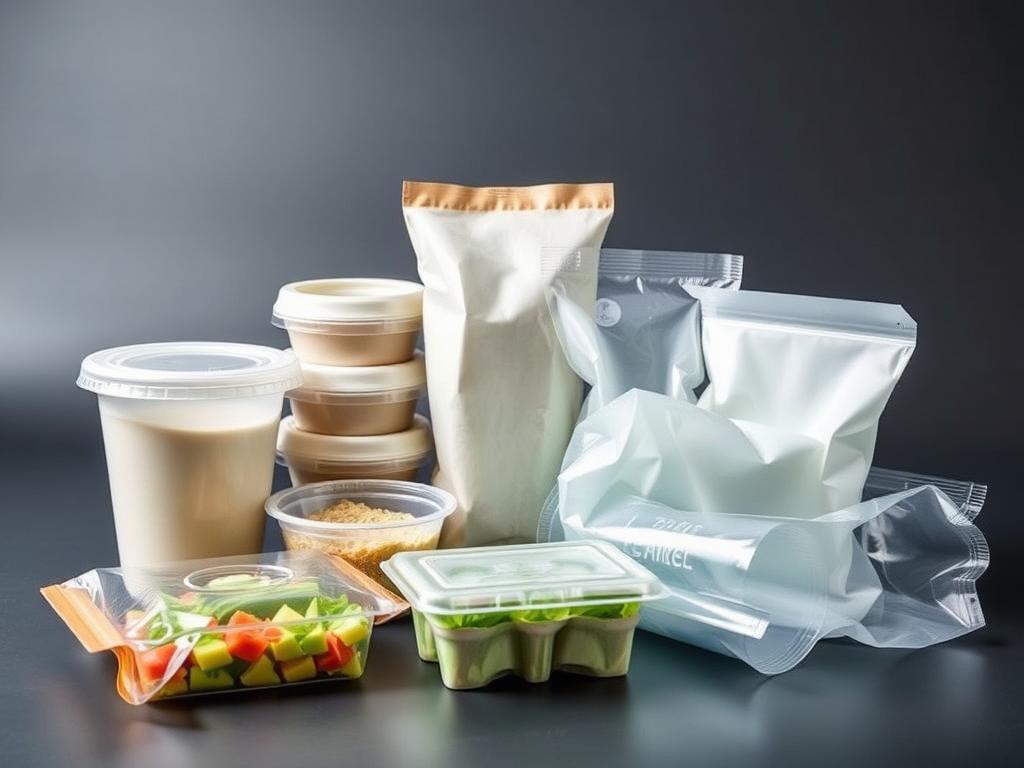
- Food containers (provides structural integrity)
- Protective packaging (enhances cushioning)
- Films and coatings (improves barrier properties)
- Molded products (enables complex shapes)
- Compostable bags (accelerates biodegradation)
Need Technical Guidance for Your Application?
Our technical experts can help you select the right modified pregel starch grade for your specific application requirements.
A leading frozen food manufacturer faced challenges with texture degradation in their cream-based sauces after multiple freeze-thaw cycles. Traditional starches resulted in syneresis (water separation) and grainy texture after defrosting.
After implementing a specially formulated cross-linked modified pregel starch, the manufacturer achieved:
- 90% reduction in syneresis after 3 freeze-thaw cycles
- Smooth, creamy texture maintained throughout shelf life
- Improved heat stability during microwave reheating
- Enhanced consumer satisfaction scores by 35%
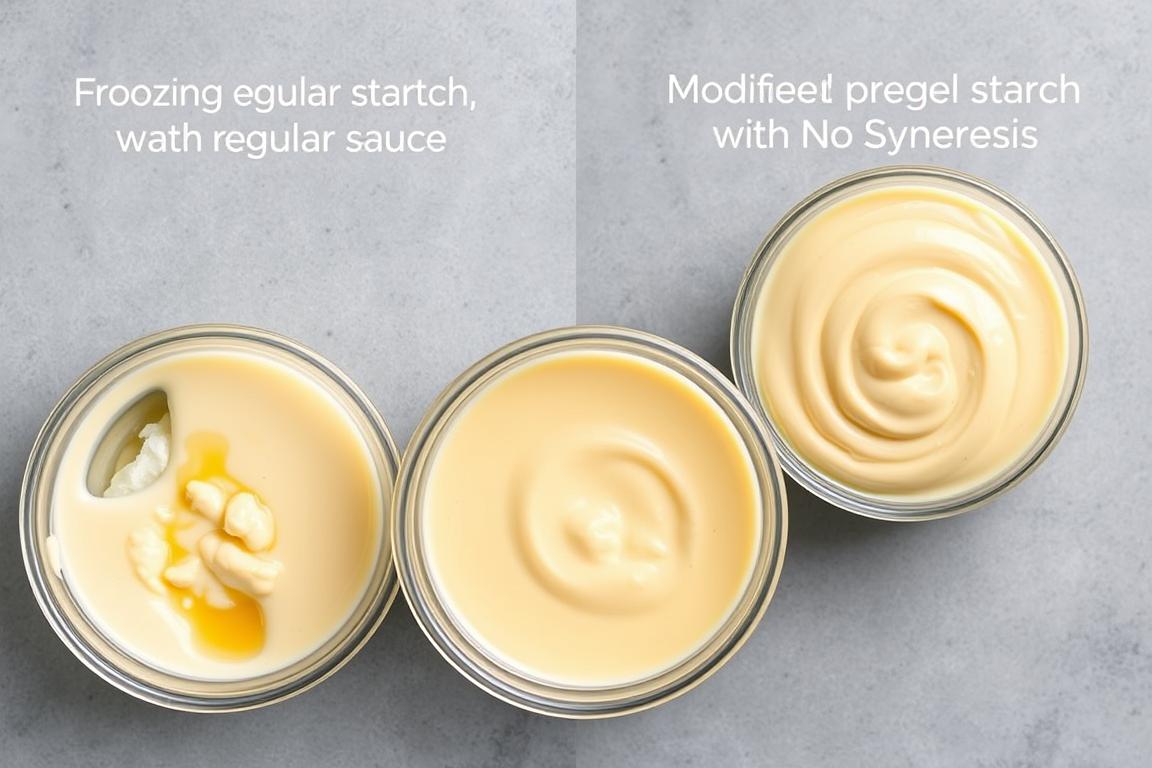
Comparison: Regular starch (left) vs. modified pregel starch (right) after freeze-thaw cycles
Benefits of Modified Pregel Starch
The unique properties of modified pregel starch deliver numerous advantages across applications, making it a preferred ingredient for formulators seeking enhanced functionality and processing efficiency.
Processing Benefits
- Instant hydration without heating
- Reduced energy consumption
- Simplified manufacturing processes
- Consistent batch-to-batch performance
- Compatibility with high-shear processing
Product Quality Benefits
- Enhanced texture stability
- Improved mouthfeel and sensory properties
- Extended shelf life
- Better freeze-thaw stability
- Reduced syneresis (water separation)
Sustainability Benefits
- Derived from renewable resources
- Biodegradable end products
- Reduced energy in processing
- Lower carbon footprint vs. synthetic alternatives
- Supports clean label initiatives

Laboratory testing of modified pregel starch properties for quality control
Case Study: Gluten-Free Bakery Applications
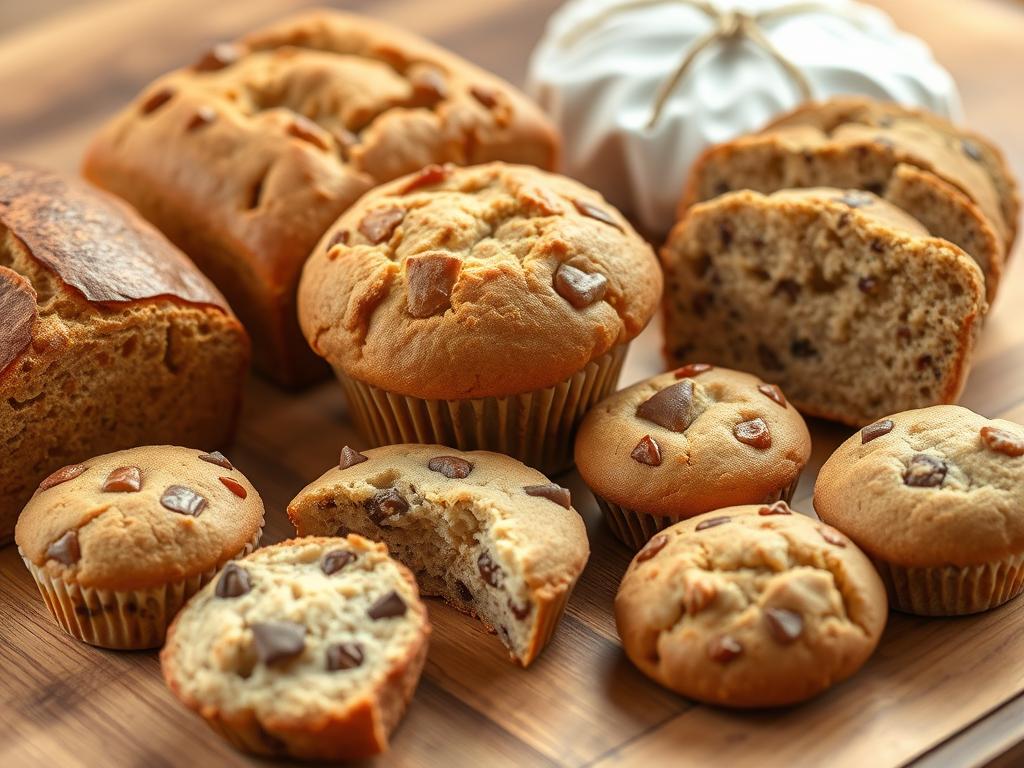
Gluten-free bakery products with improved texture using modified pregel starch
A specialty bakery focused on gluten-free products struggled with poor texture, crumbliness, and short shelf life in their bread products. Traditional gluten-free formulations resulted in dense, dry products with rapid staling.
After incorporating a custom-formulated hydroxypropylated modified pregel starch, they achieved:
- Improved dough elasticity and handling properties
- Enhanced volume and crumb structure
- Extended freshness period by 4 days
- Reduced production costs through process simplification
The modified pregel starch's ability to form a cohesive network and retain moisture effectively mimicked some of gluten's functional properties, resulting in significantly improved product quality.
Challenges and Considerations
While modified pregel starch offers numerous benefits, formulators should be aware of certain challenges and considerations to optimize its use in various applications.
Cost Considerations
Modified pregel starch typically commands a premium price compared to native starches due to the additional processing steps involved in its production. However, this cost differential should be evaluated against:
- Reduced processing costs (no cooking step required)
- Lower usage levels due to enhanced functionality
- Improved product quality and stability
- Extended shelf life reducing waste
A comprehensive cost-benefit analysis often reveals that the total formulation cost may be comparable or even lower when considering the full production cycle.
Regulatory Compliance
Regulatory status varies by region and application, requiring careful consideration:
- Food applications: E-numbers (EU), GRAS status (US)
- Pharmaceutical applications: Compendial compliance (USP-NF, Ph.Eur)
- Labeling requirements for modified starches
- Clean label considerations and consumer perception
Working with suppliers who provide comprehensive regulatory documentation can streamline compliance processes and reduce time-to-market.

Regulatory documentation is essential for modified pregel starch applications
Future Trends in Modified Pregel Starch
The modified starch industry continues to evolve, with several emerging trends shaping the future of pregel starch technology and applications.
Clean Label Innovations
Physical modification techniques are gaining prominence as alternatives to chemical modification, supporting clean label trends. These include:
- Heat-moisture treatment
- High-pressure processing
- Enzymatic modification
- Microwave-assisted modifications
Sustainable Production
Manufacturers are implementing more sustainable production methods:
- Reduced water consumption
- Energy-efficient drying techniques
- Waste stream valorization
- Carbon footprint reduction initiatives
Novel Applications
Emerging applications are expanding the market for modified pregel starch:
- 3D food printing
- Biomedical applications
- Advanced drug delivery systems
- Smart packaging with sensing capabilities
Research Developments
Current research is focused on enhancing the functionality and sustainability of modified pregel starch:
- Dual-modification techniques for synergistic functionality
- Nano-scale modifications for enhanced properties
- Hybrid systems combining starch with other biopolymers
- Targeted modifications for specific application requirements

Advanced microscopic analysis of modified pregel starch structure
Conclusion
Modified pregel starch represents a versatile and valuable ingredient across multiple industries, offering enhanced functionality, processing efficiency, and product quality improvements. Its unique combination of instant hydration, stability under various processing conditions, and customizable properties makes it an essential tool in modern formulation.
As sustainability concerns and clean label trends continue to shape the ingredient landscape, ongoing innovations in modified pregel starch technology will likely expand its applications and enhance its environmental profile. Formulators who understand the specific functionalities of different modified pregel starch types can leverage these ingredients to solve complex formulation challenges and deliver superior products to the market.
References
- Johnson, A., & Smith, B. (2022). Advances in modified starch technology for food applications. Journal of Food Science and Technology, 59(3), 1245-1258.
- Patel, S., Garcia, R., & Wong, D. (2021). Modified pregelatinized starches in pharmaceutical formulations: A review. International Journal of Pharmaceutics, 603, 120692.
- Zhang, L., Chen, Q., & Li, Y. (2023). Sustainable production methods for modified starches: Environmental impact and functional properties. Carbohydrate Polymers, 301, 120236.

|
About the Author Ed is the founder of Cape Crystal Brands, editor of the Beginner’s Guide to Hydrocolloids, and a passionate advocate for making food science accessible to all. Discover premium ingredients, expert resources, and free formulation tools at capecrystalbrands.com/tools. — Ed |
Enjoyed this post? Subscribe to The Crystal Scoop
Food-science tips, ingredient know-how, and recipes. No spam—unsubscribe anytime.
- Choosing a selection results in a full page refresh.

